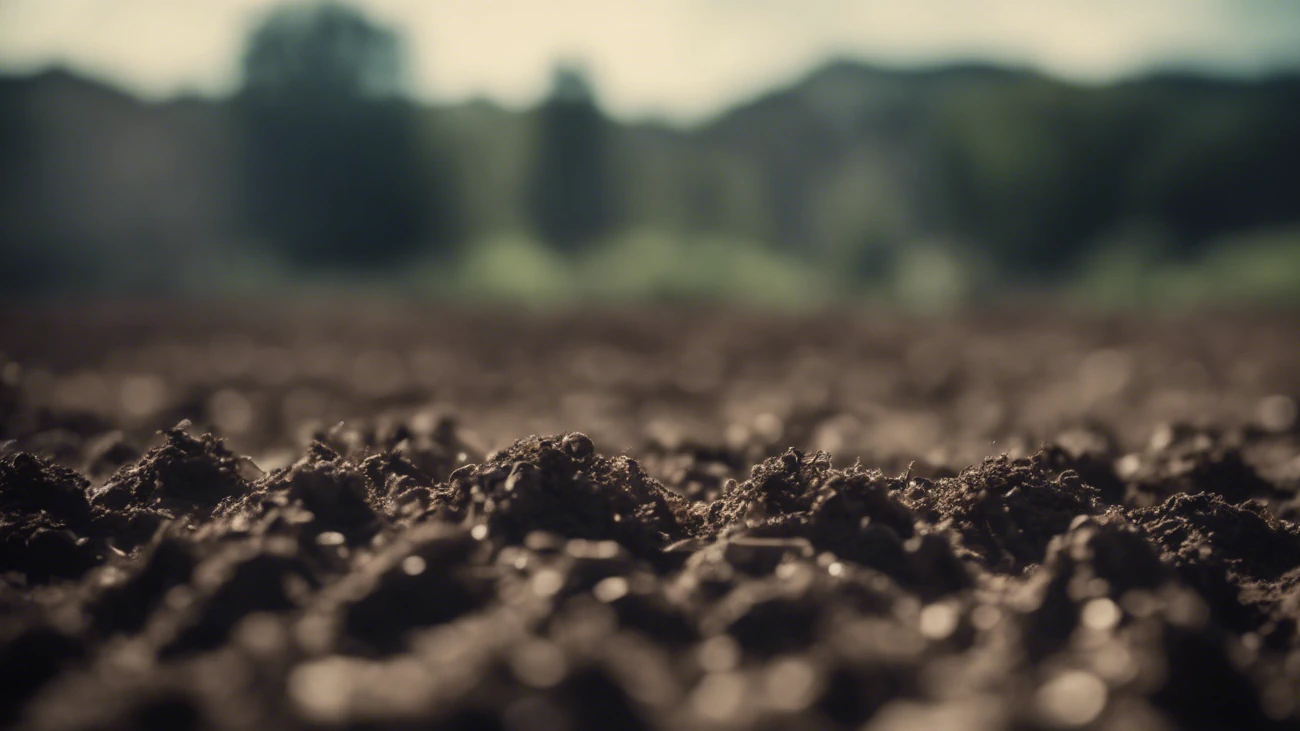Soil management is a critical aspect of sustainable agriculture and environmental conservation. Throughout history, civilizations have recognized the significance of soil in supporting life and agriculture. However, as the world's population continues to grow, the demand for food and resources puts immense pressure on our soils, leading to degradation and depletion. In this comprehensive guide, we will delve into the history of soil management, its advantages and disadvantages, explore its current challenges, and look towards its future.
History of soil management
The story of soil management dates back to ancient civilizations, where humans learned to cultivate the land for sustenance. Practices such as crop rotation, terrace farming, and irrigation were developed by early societies like the Mesopotamians, Egyptians, and Chinese. These techniques aimed to improve soil fertility, prevent erosion, and optimize agricultural yields.
Advancements in soil management continued through the centuries, with the contributions of individuals like Jethro Tull, who invented the seed drill during the Agricultural Revolution in the 18th century. This innovation significantly improved the efficiency of planting crops, leading to increased productivity.
The late 19th and 20th centuries witnessed the development of chemical fertilizers and pesticides, revolutionizing agriculture by boosting crop yields. However, the indiscriminate use of these inputs led to concerns about soil health, environmental degradation, and long-term sustainability.
Advantages and disadvantages of soil management
Advantages:
- Enhanced soil fertility: Effective soil management practices, such as composting and crop rotation, help maintain and enhance soil fertility by replenishing nutrients and organic matter.
- Improved crop yields: Proper soil management techniques optimize soil structure and nutrient availability, resulting in increased crop yields and better-quality produce.
- Erosion prevention: Soil erosion, a major concern in agriculture, can be mitigated through soil management practices like contour plowing and cover cropping, preserving valuable topsoil.
- Environmental conservation: Sustainable soil management contributes to biodiversity conservation, water quality improvement, and overall ecosystem health.
- Long-term sustainability: Implementing soil management strategies promotes sustainable agriculture, ensuring that future generations can continue to rely on productive land for food and resources.
Disadvantages:
- Over-reliance on chemical inputs: Excessive use of chemical fertilizers and pesticides can lead to soil degradation, reduced microbial activity, and long-term damage to ecosystems.
- Soil compaction: Intensive agricultural practices, such as heavy machinery use, can compact the soil, reducing its ability to hold water and nutrients, impacting plant growth.
- Salinization and soil degradation: Improper irrigation practices can result in the accumulation of salts in the soil, leading to salinization and decreased fertility.
- Loss of organic matter: Unsustainable farming practices, including monoculture and over-tilling, can deplete organic matter in the soil, impacting its structure and fertility.
- Resistance and environmental impact: Prolonged use of pesticides and fertilizers can lead to the development of resistant pests and weeds while contributing to pollution and environmental damage.
Challenges in the present and future of soil management
Despite the advancements in agricultural practices, the present and future of soil management pose significant challenges. Some of the pressing issues include:
- Soil degradation: With the increasing global population and growing food demands, soil degradation due to erosion, salinization, and pollution remains a critical concern.
- Climate change impact: Changing climate patterns affect soil health, leading to challenges such as altered rainfall patterns, increased temperatures, and extreme weather events, impacting soil fertility and structure.
- Sustainable practices adoption: Encouraging widespread adoption of sustainable soil management practices among farmers remains a challenge due to various factors like economic constraints, lack of awareness, and traditional farming habits.
- Technological innovations: Developing innovative technologies and practices that enhance soil health without compromising productivity is crucial for the future of sustainable agriculture.
- Policy and education: Implementing policies that support sustainable land management and educating farmers about the benefits of soil-friendly practices are essential for widespread adoption.
Soil management stands as a cornerstone of sustainable agriculture and environmental preservation. Understanding its history, acknowledging its advantages and disadvantages, and addressing present challenges while looking towards the future is vital in ensuring the continued productivity and health of our soils. Adopting sustainable soil management practices on a global scale is not only essential for meeting the current food demands but also for preserving the planet for future generations.
We will address these topics in more detail on this website, I hope you like it!
Are you still interested in this topic?
A good idea is to continue here:

